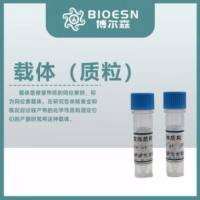Development of Insect-Resistant Transgenic Cotton with Chimeric TVip3A Accumulating in Chloroplasts
互联网
互联网
相关产品推荐

Recombinant-Serinethreonine-protein-kinase-flr-4flr-4Serine/threonine-protein kinase flr-4 EC= 2.7.11.1 Alternative name(s): Fluoride-resistant protein 4
¥13846

Recombinant Cotton Rat CD8 alpha Protein;无动物源, Carrier Free, ≥90%(SDS-PAGE);K23239-10μg
¥1359.90

BCR/ABL P190 transgenic construct
¥480

CD16a/FCGR3A/Fc gamma RIIIA重组蛋白|Recombinant Human CD16a/FCGR3A Protein(176 Phe,His&AVI Tag),Biotinylated
¥2980

Beta-Tubulin 单克隆抗体 | Beta-Tubulin Loading Control Antibody, Chimeric Rabbit MAb
¥400
相关问答

